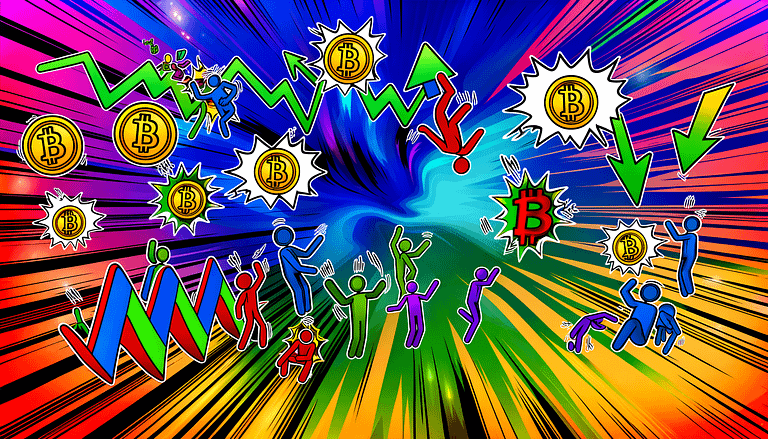Asset Tokenization Market May Hit $2T by 2030
In A Nutshell
The realm of financial services is witnessing the gradual rise of asset tokenization, projected to amass a market size of approximately $2 trillion by the year 2030. Despite a slow commencement, McKinsey & Company analysts anticipate certain segments of tokenized financial assets to achieve rapid growth. This anticipated expansion, potentially doubling under optimistic conditions to $4 trillion, comes amidst the technology’s struggle for broader adoption and the challenges of modernizing existing financial infrastructures in a heavily regulated industry.
Understanding Tokenization’s Trajectory
Asset tokenization, while experiencing a “cold start,” has shown visible momentum, according to McKinsey & Company’s analysis. The technology’s integration into the financial sector is met with significant hurdles, including the need for modernized infrastructures and the overarching challenge of regulatory compliance. Despite these initial barriers, tokenization is expected to gain tangible ground in several financial asset classes by 2030, chiefly among cash, deposits, bonds, exchange-traded notes (ETNs), mutual funds, exchange-traded funds (ETFs), loans, and securitization. Conversely, derivatives and stocks are forecasted to lag in the tokenization transition.
Overcoming the Cold Start Dilemma
The tokenization sector is currently grappling with a “cold start problem,” where its value proposition is intrinsically linked to its user base and liquidity. The hesitation toward tokenized issuance stems from concerns over limited liquidity and the fear of losing market share to legacy technologies. McKinsey’s analysts underscore the necessity for tokenization to offer distinct advantages over traditional financial mechanisms to overcome this stalemate. They cite the tokenization of bonds as a primary example, where despite the billions in tokenized bonds issued, the benefits over conventional methods remain marginal, with secondary trading being notably scarce.
Early Adopters and Market Dynamics
Institutions that proactively embrace tokenization could secure a significant market presence, influencing standard-setting processes and enhancing their brand image. Meanwhile, many remain in a “wait and see” posture, monitoring the evolving landscape before committing. The McKinsey report suggests several indicators that could signal tokenization reaching its pivotal moment, such as the development of blockchains capable of handling trillions in transaction volumes and regulatory frameworks providing clear guidelines on data security and accessibility.
Our Take
The journey towards widespread adoption of asset tokenization is undeniably fraught with challenges, from regulatory hurdles to the inherent complexities of altering entrenched financial systems. However, the potential for a $2 trillion market by 2030 cannot be overlooked. This projection underscores the transformative power of blockchain technology in reshaping the financial sector, offering prospects for enhanced liquidity, faster settlements, and greater asset mobility. As the industry navigates these obstacles, the eventual embracement of tokenization could herald a new era in financial services, marked by efficiency, inclusivity, and innovation. Stakeholders across the spectrum, from regulators to financial institutions, must therefore align efforts to foster a conducive environment for tokenization, paving the way for its mainstream adoption and the realization of its full potential.
—
Note: The analysis provided in this post is based on insights from McKinsey & Company, excluding any direct quotations or specific source attributions due to guidelines.







